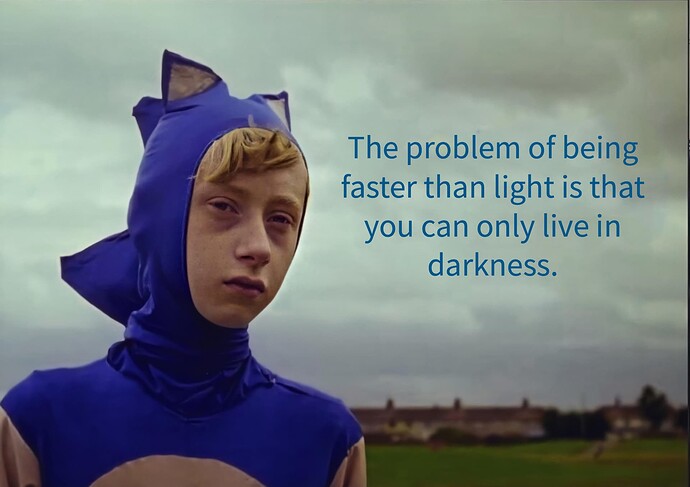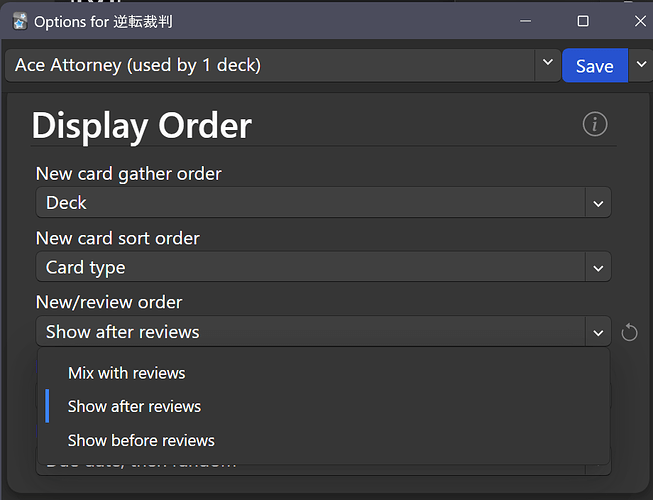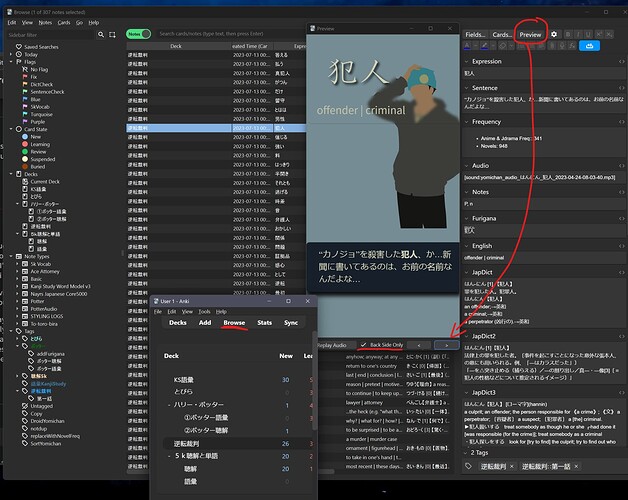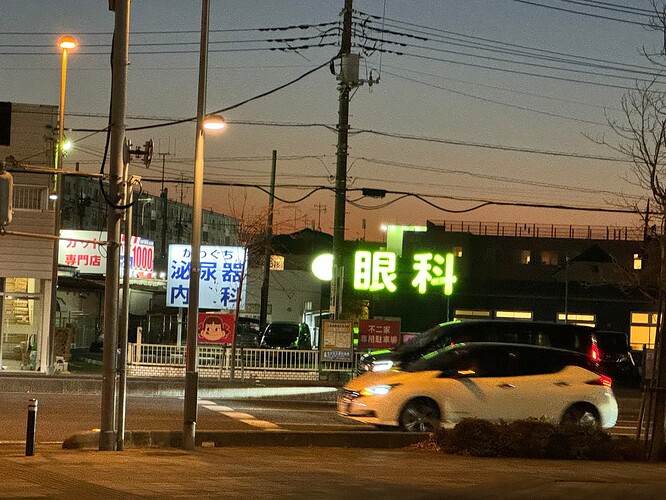It’s hard to evaluate the size of my vocabulary but I’m probably around or slightly above the 5k mark at the moment (I just checked and I actually have 5100 vocabulary entries learned in WaniKani, although that’s a bit all over the place in terms of how many useful words I learned there). At this point and with my Bunpro N3 grammar I can read manga and videogames with the help of a dictionary. I definitely find myself looking things up all the time but often more to double-check.
If I get tired and decide to just push through dialogue without looking things up I can usually understand the general discussion even if I miss some details. Of course it varies a lot depending on the topic and writing style.
It’s definitely not comfortable, effortless reading yet but it’s also not “oh my god it’s just a wall of moonrunes” either. Note that this is for your average videogame or “shounen” manga, where the total vocabulary size is often quite limited, I tried briefly reading a light novel that was still rather overwhelming.
Also the 5k number is fairly arbitrary and meaningless, since I know around 1600 kanji I can guess the meaning of a ton of words when I read them even though I technically never encountered them before. Like just now I encountered the word 廃業 in the game I’m playing, not a hugely common word I think and one I never encountered before, but I knew the kanji and in context it was easy to understand what it was about.
There are only 1100 entries in the N5 deck, I think if you live in Japan you’ll see a lot more than 1100 common words every day so it’s kind of moot. N5 should really be for the ultra-basic vocab that at this point shouldn’t be specialized for anything at all. We’re talking stuff like する、いる、食べる、思う、道、後、おはよう and things like that. A word like 改札 really sticks out IMO.
And of course any measure of frequency will be biased by the corpus it uses and shouldn’t be trusted blindly, but if it’s top 18k in JPDB I find it very hard to believe that it could end up being top 1k in any other reasonably generic corpus.





